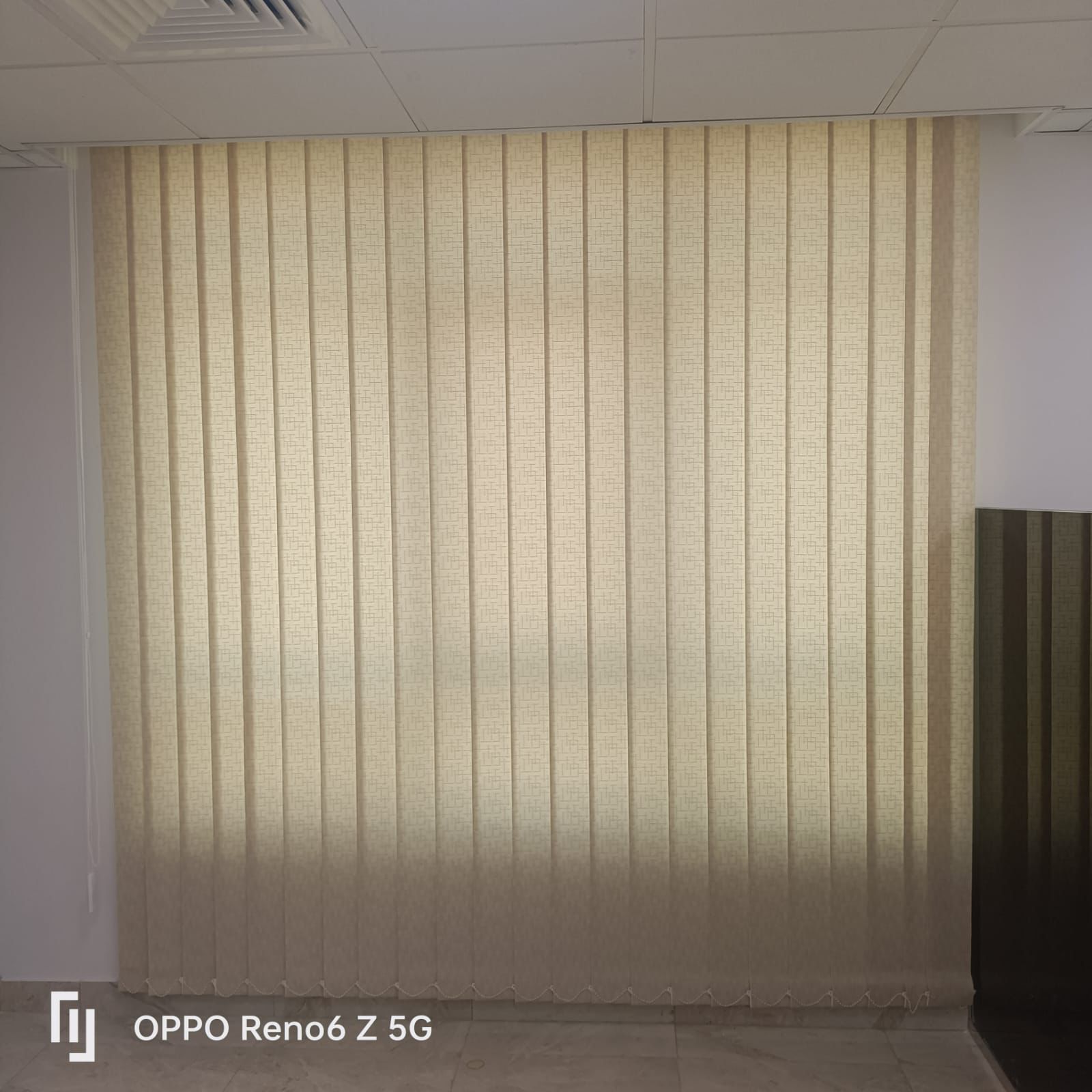Hanging curtains can seem like a simple task, but it’s a crucial element in interior design that can dramatically impact a room’s look and feel. Done right, curtains can enhance your space, providing privacy, light control, and a touch of elegance. In this guide, we’ll walk you through the process step-by-step.
Measure Your Windows Accurately
The first step to hanging curtains is accurate measurement. This will determine the size and length of your curtains and curtain rod.
- Width: Measure the window opening, then add 12 to 24 inches on each side for proper fullness. This allows the curtains to gather beautifully when open.
- Length: Decide on your desired curtain length. Will they graze the floor, puddle slightly, or end a few inches above the floor? A general rule is to measure from the top of the rod to your desired length.
- Rod length: The curtain rod should extend beyond the window frame by about 8 to 12 inches on each side for a visually appealing look. This helps to balance the window and make it appear larger.
Choose the Right Curtain Pole or Rod
The curtain pole or rod is as important as the curtains themselves. Consider the style of your room, the weight of your curtains, and your personal preference.
- Material: Options include wood, metal, and plastic. Wood offers a classic look, metal is modern, and plastic is budget-friendly.
- Diameter: The diameter should be proportionate to the size of your window and the weight of your curtains. A thicker rod is generally better for heavier curtains.
- Hardware: Ensure you have the correct brackets and mounting hardware for your chosen pole or rod. Some rods come with all necessary hardware.
Consider Curtain Styles and Fabrics
The type of curtain you choose can significantly impact the overall look of your room.
- Curtain Styles: Consider options like blackout curtains, sheer curtains, or patterned curtains based on your needs and aesthetic.
- Fabric: The fabric’s weight, texture, and opacity will affect the curtain’s drape and light-filtering properties. Heavier fabrics like velvet or linen create a luxurious look, while sheer fabrics offer a soft, airy feel.
Hanging Your Curtains
Once you have your curtains and hardware, it’s time to hang them.
- Curtain Rod Placement: Generally, hanging the curtain rod higher than the window frame can make the room appear taller.
- Curtain Panels: Ensure the curtain panels hang evenly and symmetrically.
- Fullness: For a luxurious look, aim for curtains that are two to three times the width of your window. This creates beautiful folds when the curtains are open.
Adjust and Accessorize
After hanging your curtains, take the time to refine their appearance.
- Curtain Length: If your curtains are too long, you can easily hem them. For curtains that are too short, consider adding a decorative trim or tiebacks.
- Fullness: Adjust the curtain pleats for the desired fullness. You can use curtain hooks or rings to control the fullness.
- Accessories: Curtain tiebacks, holdbacks, and decorative rods can add personality to your window treatment. Experiment with different placement and styles to find the perfect look.
Additional Tips For Hanging Your Curtains
- Layer for Impact: Combine sheer curtains with heavier drapes for added depth and light control.
- Care for Your Curtains: Regular cleaning and ironing will maintain their appearance. Different fabrics require specific care instructions.
- Energy Efficiency: Consider using blackout curtains or thermal curtains to improve insulation and energy efficiency.
- Safety First: If you have children or pets, ensure curtain cords are safely out of reach to prevent accidents.
By following these tips and considering your personal style, you can create a stunning window treatment that complements your home’s decor. Remember, the key to success is careful planning and attention to detail.





